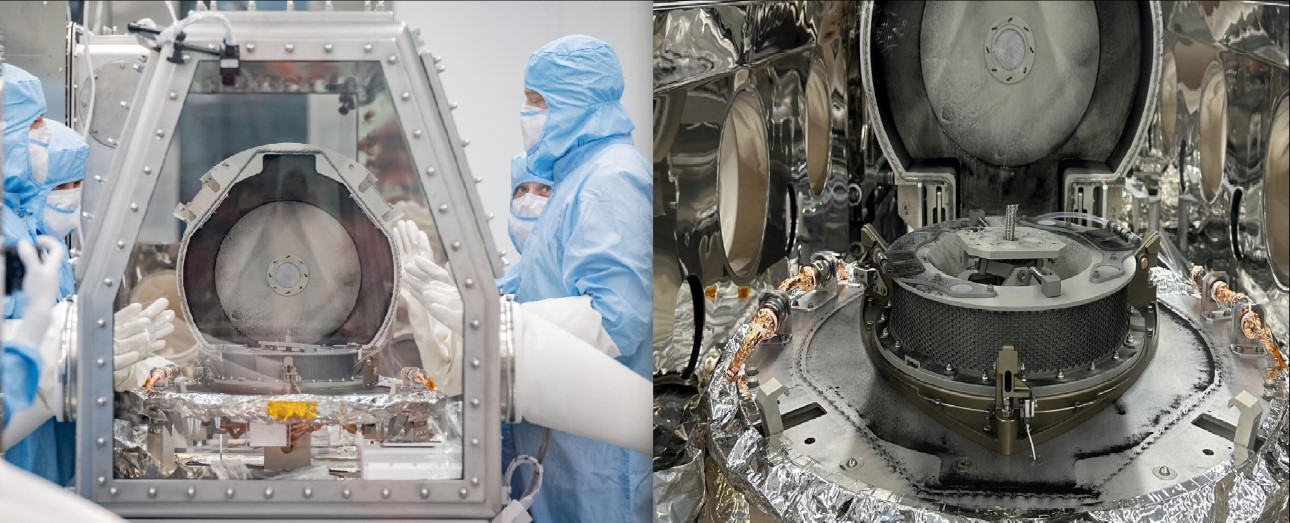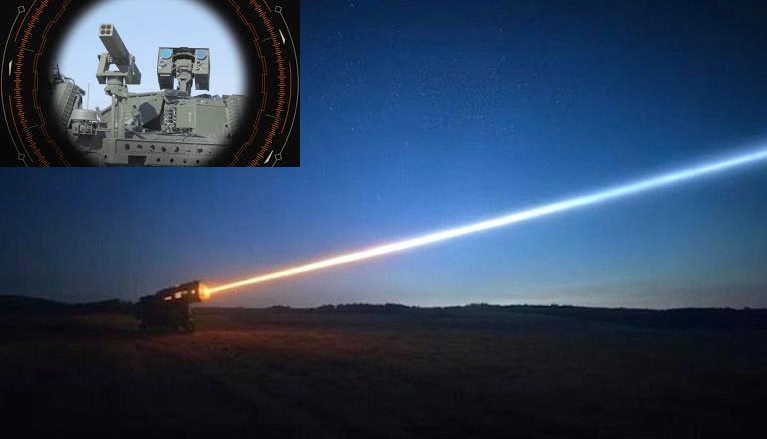NASA Finally Opens OSIRIS-REx Asteroid Sample Canister After Freeing Stuck Lid

Space News ,NASA :- After months of eager anticipation, NASA's OSIRIS-REx mission has reached a momentous milestone by successfully unlocking the cache of asteroid material collected during its billion-mile journey. A recent NASA statement reveals that on January 10, a team of technicians triumphantly removed two stubborn fasteners, granting scientists unprecedented access to the precious cargo.
The historic OSIRIS-REx spacecraft made headlines in September 2023 as the first U.S. mission to bring back an asteroid sample to Earth. Stored securely within a return capsule, the tantalizing treasure was just out of reach due to two stuck fasteners that resisted the team's initial attempts with limited tools.
While a portion of the asteroid material, amounting to 70.3 grams (2.48 ounces), had been accessed from the outside of the sampler head known as the Touch-and-Go Sample Acquisition Mechanism (TAGSAM), the majority remained confined within the capsule.
According to NASA's recent statement, the breakthrough came as two of the 35 fasteners on TAGSAM, resistant to the approved tools inside the OSIRIS-REx sample container, were successfully released. With these fasteners now removed, the astromaterials curation team at NASA's Johnson Space Center in Houston will proceed with disassembling the TAGSAM head to retrieve the remaining asteroid material, consisting of dust and rocks up to approximately 0.4 inches (one cm) in size. The final mass of the sample will be determined in the coming weeks.
NASA plans to unveil a catalog of all Bennu samples later this year, enabling global scientists and institutions to submit requests for research or display. This development opens new avenues for scientific exploration, as Asteroid Bennu, believed to be a primitive space rock dating back to the early days of the solar system, could offer invaluable insights into the formation and evolution of celestial bodies.
As the OSIRIS-REx spacecraft transitions to a new phase, now named OSIRIS-APEX, it embarks on a five-year journey to study the asteroid Apophis—named after the ancient Egyptian god of chaos—as it approaches our planet. This shift in focus marks a continuation of NASA's commitment to unraveling the mysteries of our cosmic neighborhood.



